Tomb 47
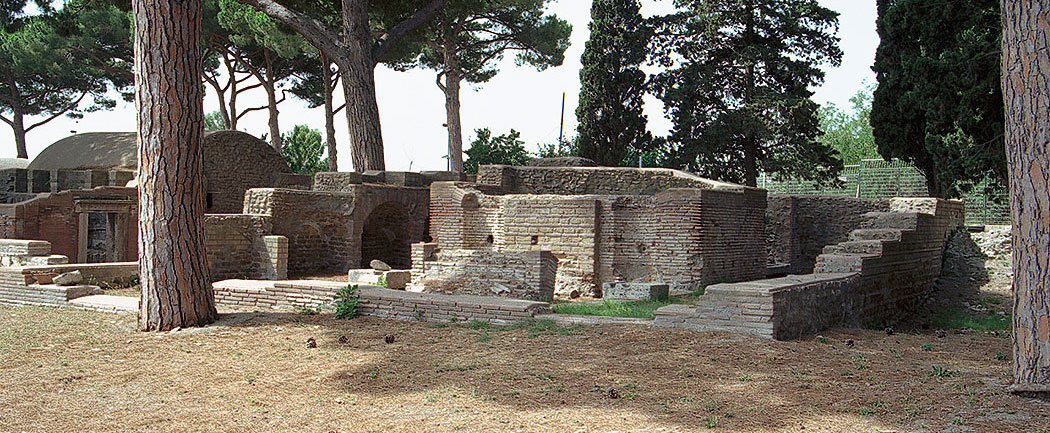
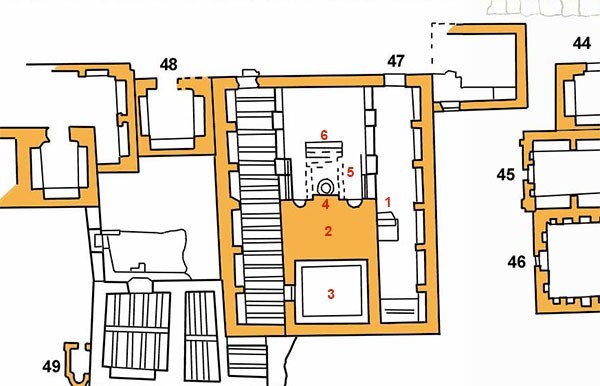
6. Marble steps for flowing water
The grave consisted of two floors, two burial chambers, a solarium in front of the upper burial chamber and a space that was hardly accessible. Because the latter room was covered inside with waterproof material, one might think of a cistern (water reservoir), connected with the fountain outside. That fountain had a central well flanked by two niches and marble steps from which water was running down. Finally the water was collected in a basin in front of the steps.
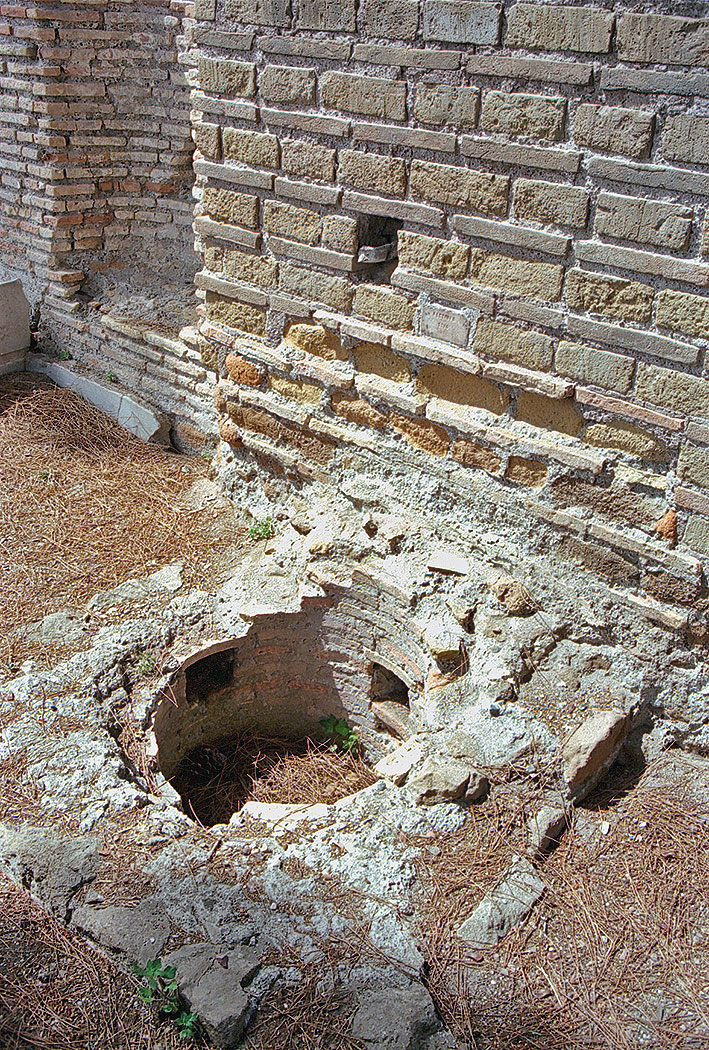
the led pipe by which the water was supplied.
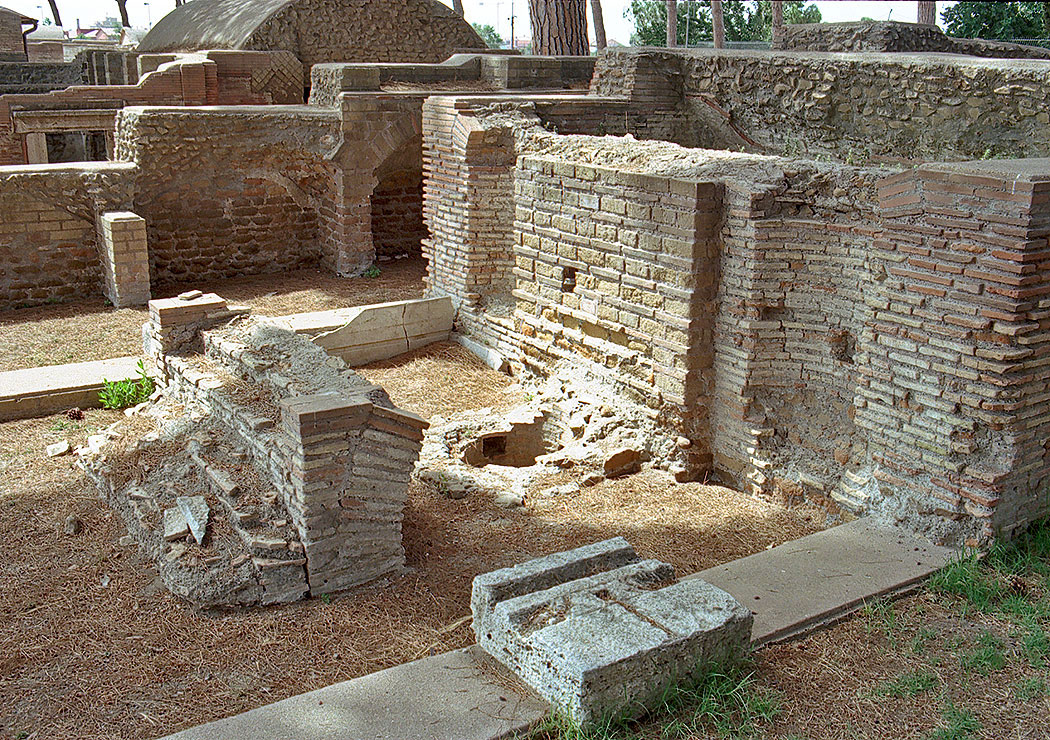
In front of the well, the remains of the large stairs.
The entrance of the lower burial chamber lies on the north side. The stairs for reaching the upper floor are located on the south side.
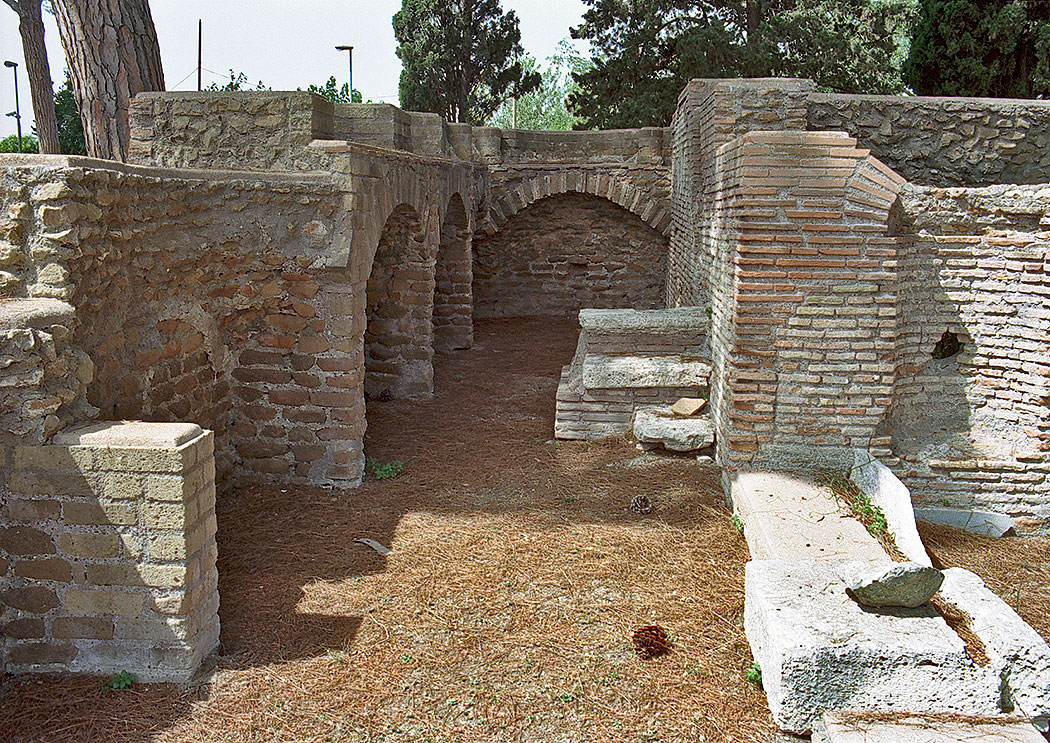
From the lower burial chamber we can hardly tell anything about the burial rites. There were probably a mosaic floor and marble sarcophagi. Investigation below the floor has brought to light several older tombs; tombs "alla cappuccina", tombs "a cassone" and amphorae. During the building of tomb 47 these graves have been spared.
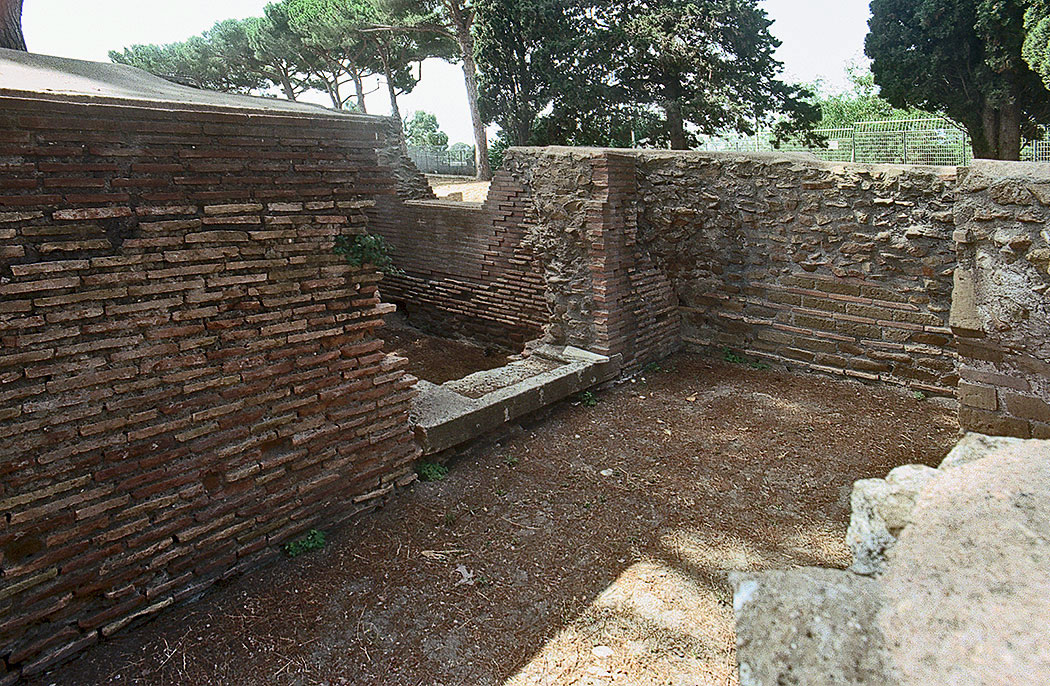
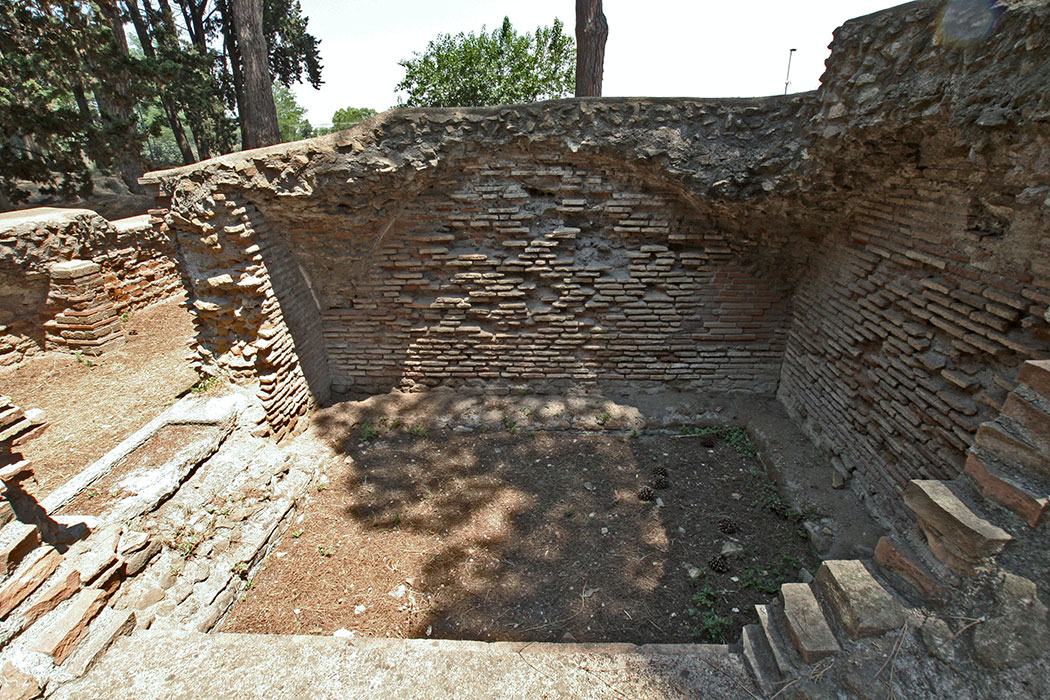
According to the construction and the plan, we can date tomb 47 to the end of the third century AD. Artifacts such as oil lamps and coins show that tomb 47 has been used at least till the late fourth century AD.
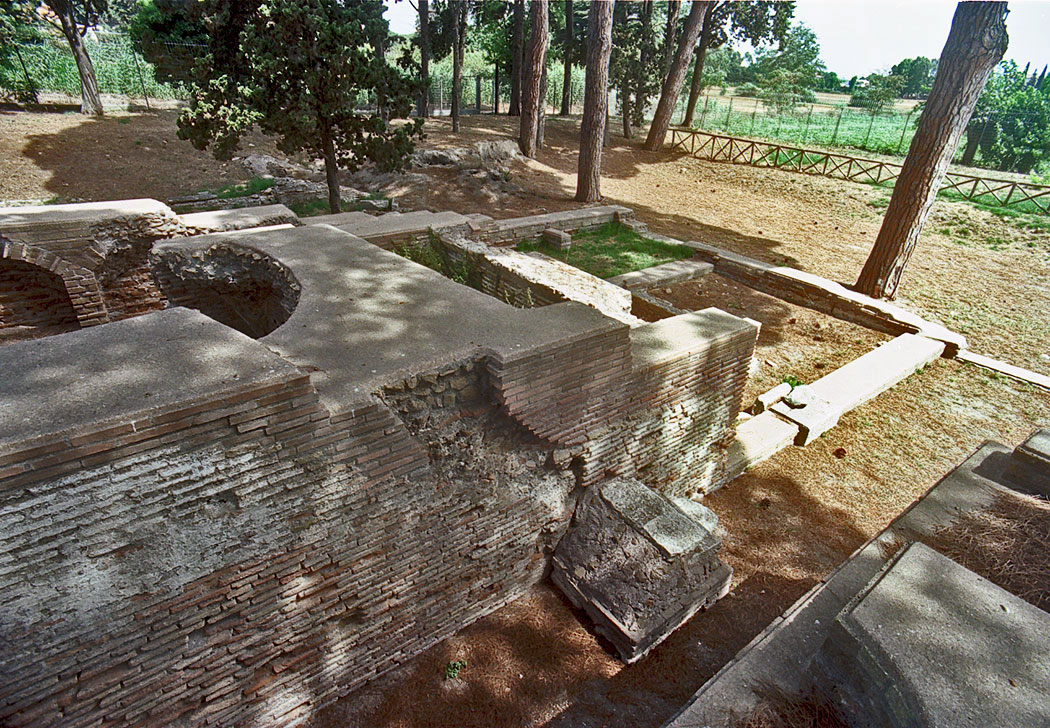
- Sources
- Russel Meigs - Roman Ostia, At the Clarendon Press 1973
- Guido Calza - Necropoli nell'Isola Sacra'(1940)
- Dr. Jan Theo Bakker.
- Hilding Thylander - Inscriptions du port d'Ostie (Lund C W K Gleerup 1952).
- Ida Baldassarre, Irene Bragantini, Chiara Morselli and Franc Taglietti - Necropoli di Porto, Isola Sacra (Roma 1996).
- Notes
- 1:The fountain described by I. Baldassarre was not recognized by G. Calza. In his first report he saw the marble stairs as a way to reach the upper floor. He mentioned, however, the discovery of a thin lead pipe for water and an ornament for pouring out water - I. Baldassarre, I. Bragantini, Ch. Morselli and and F. Taglietti: Necropoli di Porto (1996) - Guido Calza: Necropoli Nell’Isola Sacra 1940
Isola Sacra Index (F)

Section spéciale consacrée au cimetière romain de Portus (en anglais)....
Lire la suite...Leptiminus (Anglais)
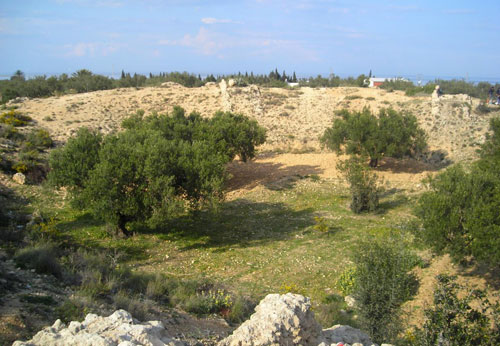
At the site of present-day Lamta on Tunisia's east coast, there was already a port city named Leptis Minor ....
Lire la suite...Droit romain du commerce maritime(Anglais)

Roman law is the finest monument that Rome bequeathed to Western Europe....
Lire la suite...Sullecthum (Salakta) Anglais

In the Sahel, in the Tunisian province of Madhia, we find by the sea the small town of Salakta....
Lire la suite...Colonia Julia ad Turrem Libisonis (Anglais)

.....probably founded by Julius Ceasar around 46 BC, was located in the north-west of Sardinia.
Lire la suite...
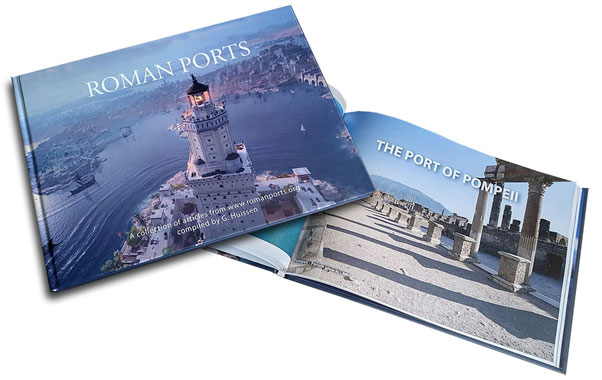
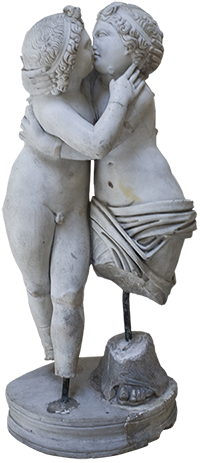 We are committed to providing versions of our articles and interviews in several languages, but our first language is English.
We are committed to providing versions of our articles and interviews in several languages, but our first language is English.